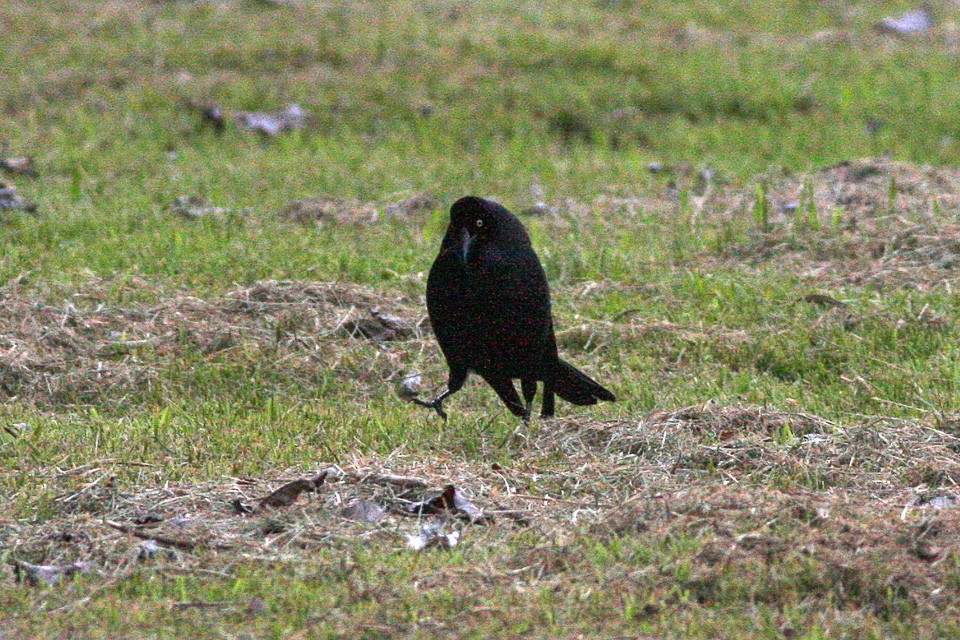Giant Cowbird
A species of Cowbirds Scientific name : Molothrus oryzivorus Genus : Cowbirds
Giant Cowbird, A species of Cowbirds
Botanical name: Molothrus oryzivorus
Genus: Cowbirds
Content
Description General Info
Description
The giant cowbird (Molothrus oryzivorus) is a large passerine bird in the New World family Icteridae. It breeds from southern Mexico south to northern Argentina, and on Trinidad and Tobago. It may have relatively recently colonised the latter island. It is associated with open woodland and cultivation with large trees, but is also the only cowbird that is found in deep forest. It is a quiet bird, particularly for an icterid, but the male has an unpleasant screeched whistle, shweeaa-tpic-tpic. The call is a sharp chek-chik. They are also very adept mimics. Like other cowbirds, it is a brood parasite, laying its eggs in the nests of oropendolas and caciques. The eggs are of two types, either whitish and unspotted, or pale blue or green with dark spots and blotches. The host's eggs and chicks are not destroyed. Their icterid hosts breed colonially, and defend their nests vigorously, so even a large, bold and aggressive species like the giant cowbird has to cover an extensive territory to find sufficient egg-laying opportunities. Several giant cowbird eggs may be laid in one host nest. The male giant cowbird is 36 cm (14 in) long, weighs 180 g (6.3 oz) and is iridescent black, with a long tail, long bill, small head, and a neck ruff which is expanded in display. The female is smaller, averaging 28 cm (11 in) long and weighing 135 g (4.8 oz). She is less iridescent than the male, and the absence of the neck ruff makes her look less small-headed. Juvenile males are similar to the adult male, but browner, and with a pale, not black, bill. This gregarious bird feeds mainly on insects, and some seeds, including rice, and forages on the ground or in trees. It rarely perches on cattle, unlike some of its relatives, but in Brazil it will ride on capybaras as it removes horse flies. 
Size
29 - 34 cm
Life Expectancy
up to 20 years
Nest Placement
Tree
Feeding Habits
Giant Cowbird sustains on a varied diet including fruit, nectar, arthropods, rice, and seeds. Its feeding behaviors are adapted to forage in different environments. Notably, giant Cowbird has a preference for certain types of seeds which distinguish its diet from others.
Habitat
Giant Cowbird thrives in tropical to lower subtropical zones, commonly residing in partly open areas with scattered trees. Their preferred habitats include agricultural landscapes, such as cultivated lands and plantations, savannas, open fields, and even anthropogenic settings like golf courses. They adapt well to second growth and are often found near oropendolas or caciques colonies, which they parasitize. Giant Cowbird is typically absent from dense forests and higher altitudes.
Dite type
Granivorous
General Info
Feeding Habits
Bird food type
Species Status
Not globally threatened.
